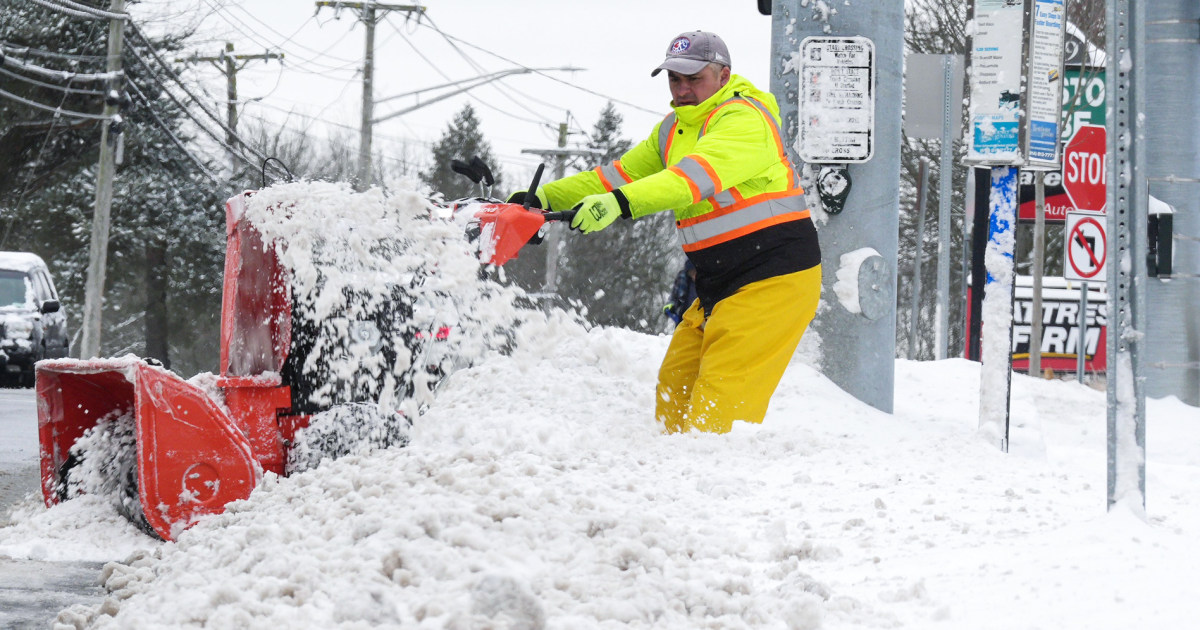Homelessness surged this year to the highest level on record, the federal government reported on Friday.
An annual head count, conducted in January, found the homeless population had increased by more than 70,000 people, or 12 percent. That is the single largest one-year jump since the Department of Housing and Urban Development began collecting data in 2007, and the increase affected many different segments of the population.
By the government’s count, 653,104 people in the United States were homeless in January.
Biden administration officials and academic experts said the increase reflected both a sharp rise in rents and the end of the extraordinary measures the government had enacted during the pandemic, including financial aid and bans on eviction.
“The most significant causes are the shortage of affordable homes and the high cost of housing,” said Jeff Olivet, head of the United States Interagency Council on Homelessness.
Since the start of the pandemic, the cost of basic shelter has risen more than 20 percent, according to federal estimates called fair market rents.
Some researchers said that much of the rise in homelessness stemmed from the increase in the number of migrants entering the United States, noting a sharp growth in the unhoused population in the most affected cities, including New York, Denver, and Chicago.
“To me, the story is the migrant crisis,” said Dennis Culhane, a professor at the University of Pennsylvania who has long served as an adviser to the federal government’s annual count. “Even without the migrant crisis we would have seen some increase, but certainly not to this extent.”
About 55 percent of the growth in homelessness occurred among people who identify as Latino, the report found.
Homelessness grew among every group the federal government tracks. It rose among individuals and families with children. It rose among the young and the old. It rose among the chronically homeless and those entering the system for the first time.
It also rose among veterans, the group that in recent years had experienced the sharpest declines, after a significant expansion of federal aid. After falling by more than half since 2007, homelessness among veterans grew by 7 percent, a change that could not be attributed to migration.
After years in which homelessness policy largely reflected bipartisan consensus, the subject has increasingly become a topic of political debate.
Many communities have tried to clear encampments of homeless people or ban outdoor sleeping. Leading Republicans rallied to the support of a man charged with manslaughter after he killed a homeless man on a subway train in New York. Former President Donald J. Trump, who is seeking a return to office, has said he might force the homeless into urban camps.
Other Republicans have criticized the federal policy of giving homeless people housing without requiring them to be treated for addiction or mental health issues, an approach called “Housing First.” Supporters of the policy, which long drew bipartisan support, say rigorous evidence has shown that it saves lives.
“What I don’t want to see happen is people pointing to this count and saying the homeless system doesn’t work,” said Ann Oliva, who runs the National Alliance to End Homelessness, an advocacy group. “The biggest driver of these numbers is the lack of affordable housing.”
From 2007 to 2016, homelessness fell by 15 percent, dropping every year. It then rose by about 6 percent in the years before the 2020 coronavirus pandemic. The one-year rise of 70,000 in 2023 is more than four times greater than any previous rise.













